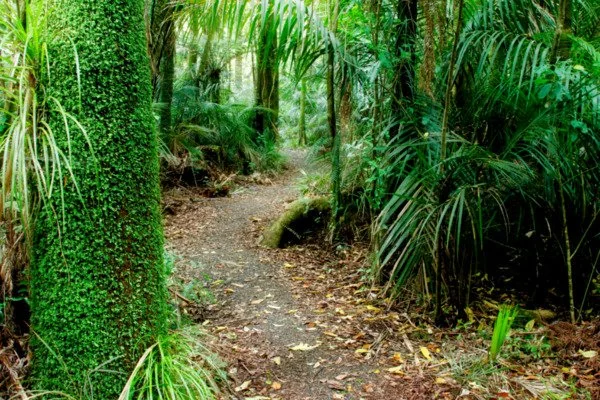Plantations are established for a variety of reasons, including the production of timber and firewood, soil and water conservation, and carbon sequestration. The role of plantations in accelerating biodiversity varies greatly depending on whether the original land cover is grassland, shrubland, primary forest, secondary forest, or degraded or exotic pasture, as well as whether native or exotic tree species are planted. When plantations are established on degraded lands rather than replacing natural ecosystems such as forests, grasslands, and shrublands, and when indigenous tree species are used rather than exotic species, they can support biodiversity.
According to an international study, initiatives that use non-native tree species can have an impact on tropical insects in neighboring forests. When applied to ecologically important dung beetles, scientists at the University of Bristol and the Federal University of Western Pará in Brazil discovered that Eucalyptus plantation edge effects radiate up to 800 meters into the interior of nearby Amazonian forests.
Planting forests has become a widespread restoration strategy around the world as the world seeks to mitigate human-caused climate change. However, the findings, published in Forest Ecology and Management, suggest that exotic tree plantations, while well-intentioned, can have a larger impact on the native biodiversity of hyperdiverse tropical forests.
Our findings for dung beetles offer new insights into the importance of considering how proximity to exotic tree plantations can affect tropical forest biodiversity.
Dr. Filipe França
Edge effect research in ecology investigates how biological populations or communities change at the interface of two or more habitats. To better understand the edge effect, the researchers traveled to the Amazon Rainforest and collected over 3,700 dung beetles from 49 different species to assess how Eucalyptus plantations affect insect biodiversity in neighboring Amazonian forests.
Exotic species’ dominance is attributed to increased disturbance, changes in light and soil conditions, and, in some cases, changes in land management, including grazing exclusion. The proportion of exotic versus native species changes reflect the community structure. Exotic plantations are less diverse in terms of species than natural and semi-natural ecosystems (shrublands, grasslands, primary, and secondary forests). Exotic plantations support a less diverse flora and fauna compared to native plantations.

“Our findings for dung beetles offer new insights into the importance of considering how proximity to exotic tree plantations can affect tropical forest biodiversity,” said Dr. Felipe França of Bristol’s School of Biological Sciences, and co-supervisor of the lead author.
He said: “Importantly, edge effects varied across dung beetle responses and were species-specific. For example, we found more dung beetle species far away from Eucalyptus plantations, but some species also thrived and had higher abundances closer to plantation edges.”
Plantation forests are rapidly expanding around the world in order to reduce deforestation and degradation of natural forests while also providing a variety of goods and services. While monoculture plantations have been the dominant type of plantation in practice and well-documented in research, there is a growing interest in mixed-species plantations in the face of intensifying climate change and resource scarcity. Foresters, smallholders, and landowners are all interested in agroforestry systems. However, there have been relatively few studies on successful species mixtures.
This suggests that some dung beetles may be more sensitive to changes in the forest environment near exotic tree plantations than other edge-affiliated and generalist species.
“Understanding multi-species responses to anthropogenic disturbances is critical to addressing the current biodiversity crisis,” said Professor Rodrigo Fadini of the Federal University of Western Pará. “Our findings are critical for forest managers and conservation planners aiming to maintain forest-specialist biodiversity in native ecosystems across the tropics.”
















